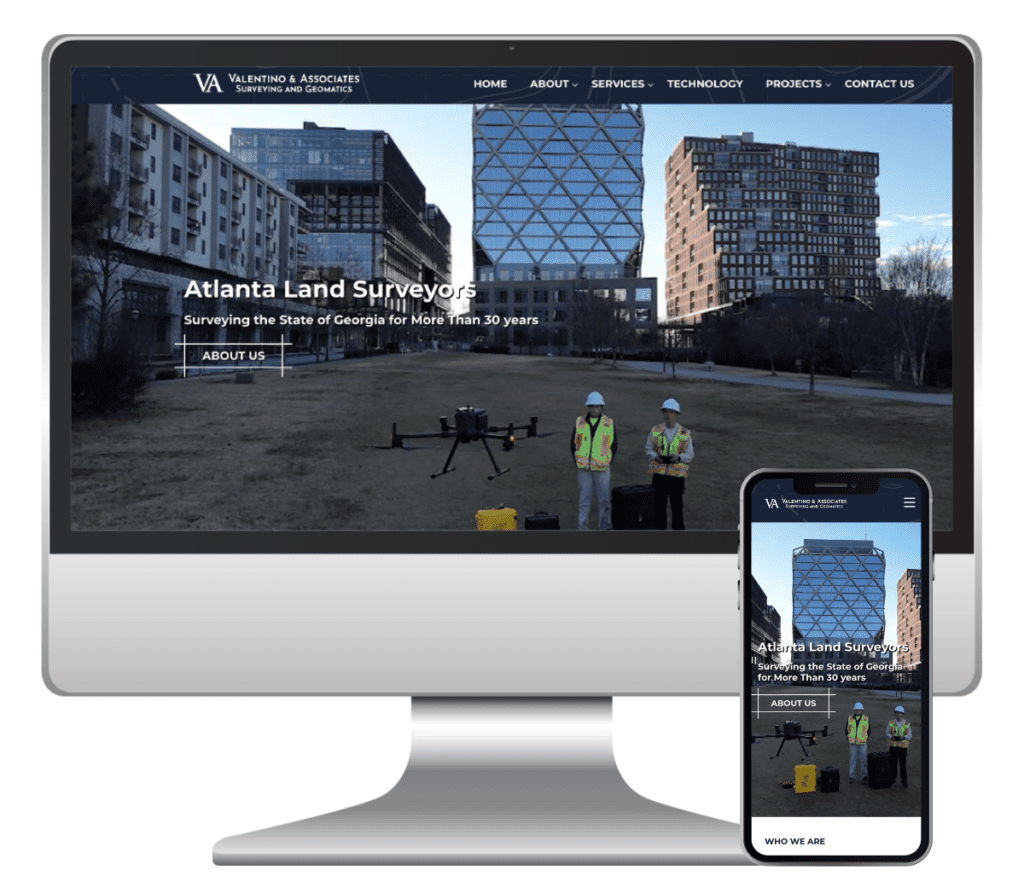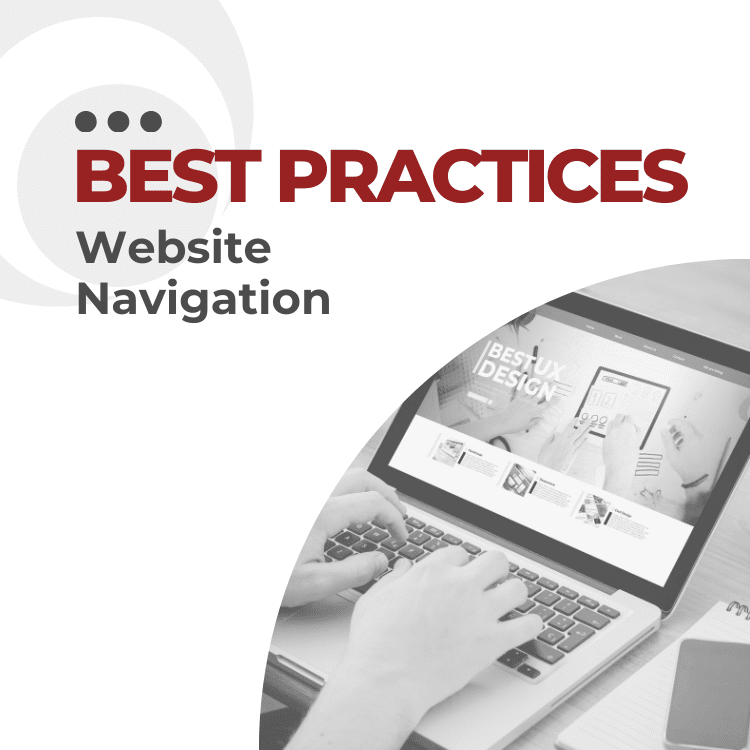Atlanta Web Design Blog

Three Key Elements to Low Bounce Rates and High Conversion Rates
First thing’s first: What, exactly, is a bounce rate and a conversion rate?
The bounce rate tells you how many site visitors left your site without clicking beyond the page they landed on, and can be easily tracked with Google’s Analytics tool. The goal is to have a very low bounce rate, but since different industries use websites for different reasons, the industry standard for your website may be higher or lower than it would be for another. Search engine crawlers are factored in and greatly increase your bounce rate, but generally anything below 50% is good; if your site’s bounce rate is above 80%, you probably need to redesign and restructure your site.
Determining your conversion rate, or percentage of site visitors who are converted into customers or clients, requires you to analyze your site’s traffic statistics to determine who actually committed to your products or services via your website. The customer conversion rate is important tool in determining how much weight your website carries in the success of your business. Since companies differ drastically between industries, and since every business uses websites differently, it’s hard to set a standard for a “good” or “bad” conversion rate. However, since the higher conversion rates are best, changes to your website should never negatively impact your rate of customer conversion.
What are the three elements affect the bounce and conversion rates on my site?
1. The design and layout of your home page
Typically, your home page is the first impression site visitors get when viewing your website. If your home page is poorly designed, the site visitor is less likely to click through to other pages of your site, which will increase your bounce rate. Your home page must be designed so that it leads to other pages of your site in a way that is enticing to viewers without seeming desperate. Similarly, a good way to increase your customer conversion rate is to create a home page that is both aesthetically pleasing and validates your business’s credibility. If your home page is too busy, you are likely to lose potential clients to a competitor who has built a site that appeals to the client’s tastes. /
2. The ease of navigation on your site
Your site’s navigation should be simple and intuitive. Links on your site navigation should be clearly labeled, and should never lead your site visitor to a page that is unrelated to what is implied. Since site visitors want to know what is on a page before clicking it, you should check your navigation for any links that are ambiguous or misleading. Precisely labeled links to your products or services pages will help increase your conversion race while simultaneously decreasing your bounce rate. Potential clients and customers visiting your site want to find the information they’re looking for quickly: if it takes too many clicks to get to the content they need, they’re less likely to convert, and it’s more likely that they’ll leave your site before moving on to other pages.
3. The quality of content on your pages
The content on your site can either greatly hurt or harm your bounce rate. Quality content on your site will help in decreasing your bounce rate by pointing search engine crawlers and site visitors to other pages your site. Creating the site content for your customer, while infusing keywords to optimize your site for search engines is the best way to help both your conversion and bounce rates. While writing your content, it is important to remember to write in the way that your customers speak to you; do not use technical industry terms that your current clients and customers do not use or understand. Potential customers want to see your company’s expertise through your content, but they also need to relate to what you are saying.
Even if you have a site with great customer conversion and bounce rates, you should continue to track how your site visitors are using and responding to it. When it comes time to update your site, these rates will be useful tools in telling you which parts of your site you should focus on. Your web developer will be able to take this information and use it in a way that will create the best site possible for both your business and your customers.
Have a project you’d like to discuss?
Fill out the form below and let’s have a conversation.


